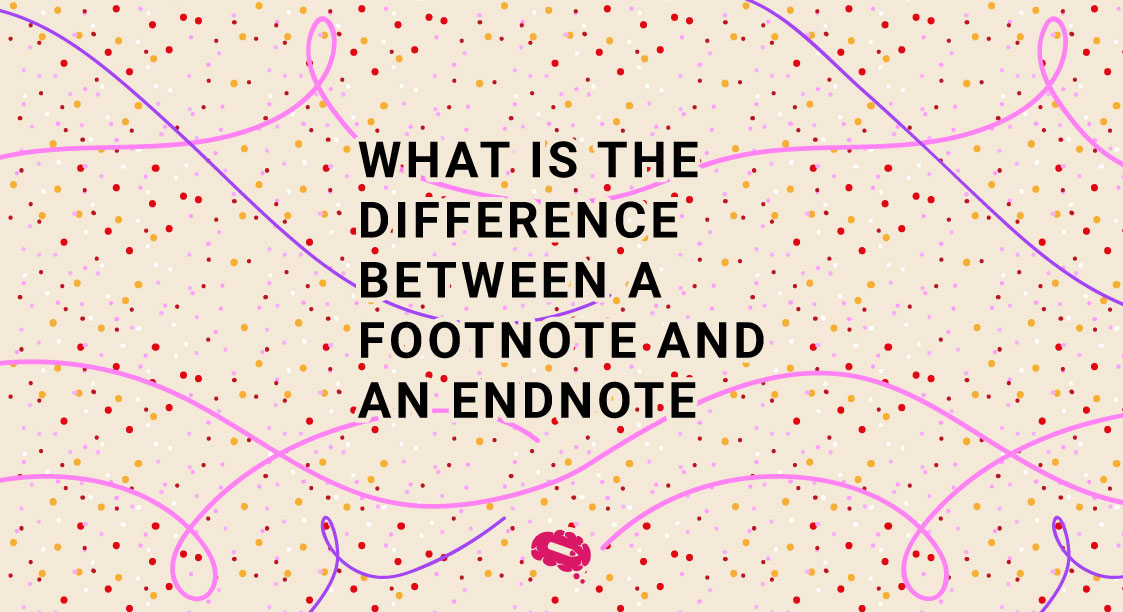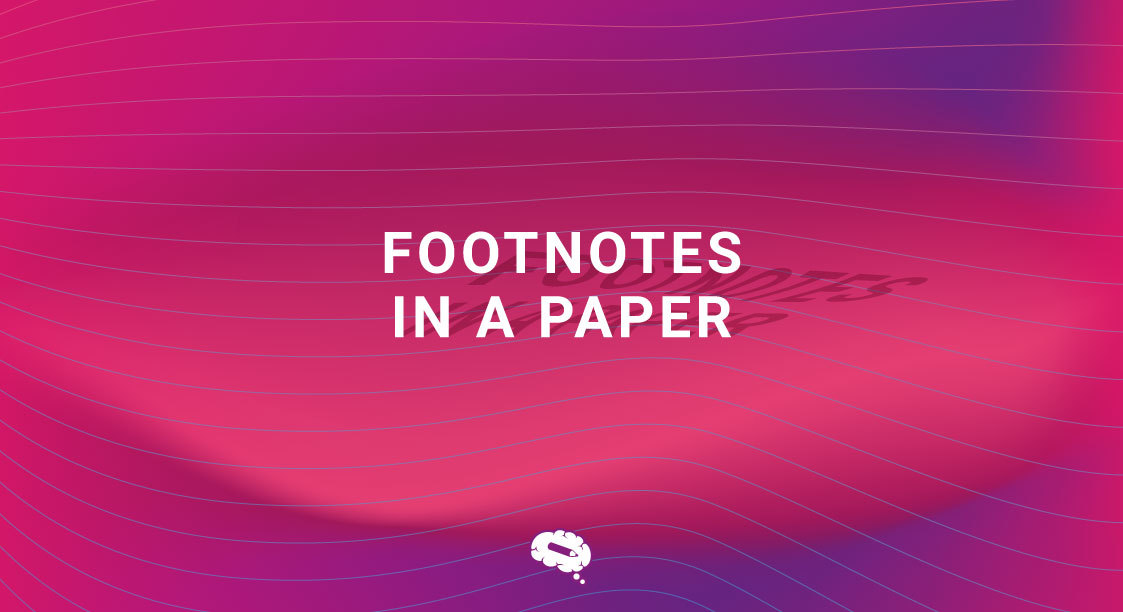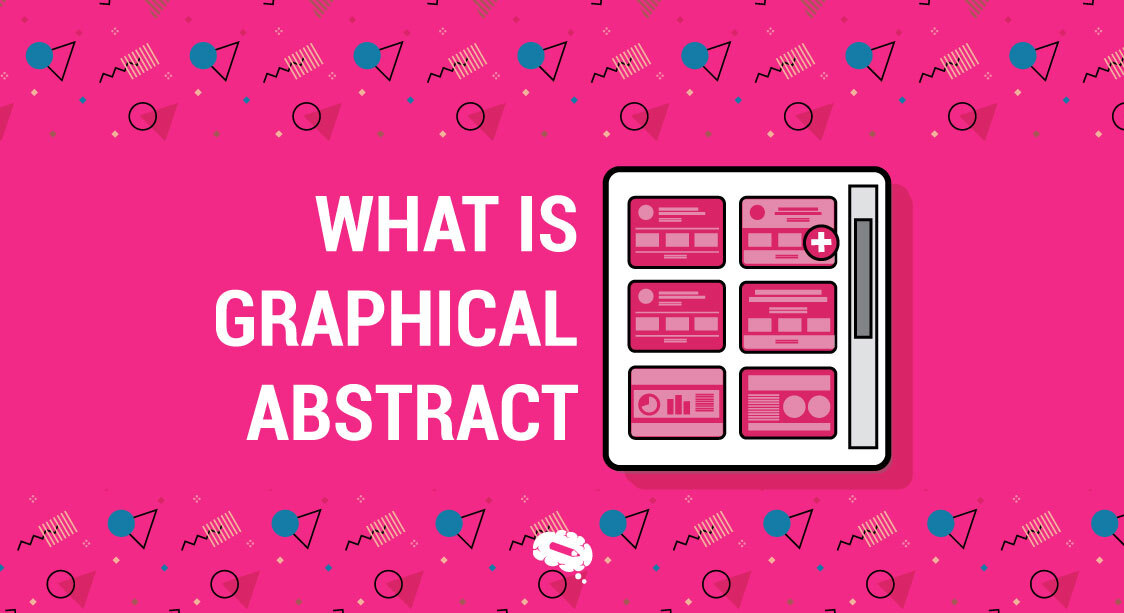Footnotes and endnotes provide citations, explanations, and additional context to support the main text. Footnotes are positioned at the bottom of each page, directly referencing specific points within the text with concise citations or clarifications, thereby enhancing immediate comprehension without interrupting the flow.
Endnotes appear collectively at the end of a chapter or document, compiling supplementary information that enriches understanding but does not demand immediate attention. Understanding when to employ footnotes versus endnotes depends on the nature of the content and the desired balance between accessibility and detailed referencing. This article aims to elucidate the nuances between footnotes and endnotes, guiding writers on their appropriate application in scholarly discourse.
What Is The Difference Between A Footnote And An Endnote
Footnotes
Footnotes are numbered references or explanatory notes located at the bottom of a page in a document. They are typically indicated by superscript numbers within the main text that correspond to the numbered notes at the bottom of the same page. This format allows readers to access additional information or citations without interrupting the flow of the main text.
Footnotes serve various purposes in academic writing:
Citations: Footnotes are frequently used to cite sources for direct quotations, paraphrased material, or specific facts and figures within the text. This helps to provide credibility and allows readers to verify information.
Explanatory Notes: Authors use footnotes to provide explanations or clarifications that are relevant to the main text but would disrupt its flow if included within the body. These notes can expand on complex concepts, provide historical context, or offer alternative viewpoints.
Additional Information: Footnotes may contain supplementary information that enriches the reader’s understanding of the topic without being essential to the main argument. This includes anecdotes, tangential discussions, or further reading suggestions.
Endnotes
Endnotes are numbered citations, explanations, or comments placed at the end of a chapter or the entire document rather than at the bottom of each page. They are typically indicated by superscript numbers within the main text, directing readers to the corresponding notes located sequentially at the end of the text or chapter.
Endnotes serve several important functions in academic works:
Consolidated References: Unlike footnotes, which appear at the bottom of each page, endnotes provide a consolidated list of citations and references at the end of a chapter or the entire document. This helps to streamline the presentation of supplementary information and citations without interrupting the flow of the main text.
Support for Arguments: Endnotes are used to substantiate claims, arguments, and findings presented in the main text. They provide detailed citations for sources that have influenced the research or arguments presented, thereby enhancing the credibility and validity of the work.
Space for Additional Details: Authors often use endnotes to include additional information that is relevant but not crucial for immediate comprehension of the main text. This can consist of extended discussions, divergent points, or detailed explanations that enrich the reader’s understanding without cluttering the main narrative.
Key Differences Between Footnotes And Endnotes
Placement And Accessibility
Visual Differences on a Document Page: Footnotes are located at the bottom of each page, typically indicated by superscript numbers in the main text that correspond to the numbered notes at the bottom of the same page. This format allows for immediate access to additional information or citations without disrupting the reader’s flow through constant page flipping. In contrast, endnotes appear at the end of a chapter or the entire document, presenting a consolidated list of notes after the main text or section. This placement makes them less obtrusive on individual pages but requires readers to refer to a separate section for detailed information.
Impact on Reader’s Flow and Comprehension: Footnotes, due to their immediate proximity to the text they annotate, can sometimes interrupt the reader’s flow. However, they also provide quick references and explanations that enhance comprehension without requiring readers to leave the current page.
Endnotes, on the other hand, maintain a smoother reading experience within the main text but can disrupt continuity when readers need to backtrack for clarification or verification. This difference affects how seamlessly readers engage with supplementary information based on their reading preferences and the layout of the document.
Usage Context
Academic Disciplines Favoring Footnotes: Footnotes are commonly preferred in disciplines such as history, literature, and the humanities, where detailed citations, explanations, and tangential information are often integrated closely with specific points in the text. They allow for thorough documentation of sources and facilitate academic rigor by directly linking content to supporting materials without cluttering the main narrative.
Scenarios Where Endnotes Are Preferred: Endnotes are frequently used in disciplines like economics, political science, and some sciences, where extensive explanations, detailed discussions, or supplementary information may be less critical to immediate comprehension but are still relevant for further exploration.
Their placement at the end of chapters or documents streamlines the presentation of supporting materials, making them ideal for works that prioritize a smoother reading experience while maintaining scholarly depth.
Advantages And Disadvantages
Pros and Cons of Footnotes
Pros
Immediate Reference for Readers: Footnotes provide quick access to citations, explanations, and additional context without interrupting the flow of the main text. Readers can easily verify sources or delve deeper into specific points.
Cons
Potential Clutter on Pages: Footnotes can clutter the bottom of pages, especially in texts with numerous citations or extensive explanatory notes. This may distract readers and disrupt the visual continuity of the text.
Pros and Cons of Endnotes
Pros
Cleaner Page Layout: Endnotes contribute to a cleaner and less cluttered appearance on individual pages, allowing the main text to flow smoothly without interruptions.
Cons
Inconvenience of Flipping Back and Forth: Readers must flip back and forth between the main text and the endnotes section to access additional information. This can be inconvenient and disrupt the reading experience, particularly in longer documents or when frequent reference to notes is necessary.
When to Use Footnotes or Endnotes
Guidelines for Footnotes
Citing Sources: Use footnotes to cite sources for direct quotations, paraphrased material, or specific facts and figures within the text. Ensure that each footnote corresponds to a numbered citation in the main text.
Explanatory Notes: Employ footnotes to provide explanations or clarifications that enhance the reader’s understanding of the main text. This includes defining technical terms, offering historical context, or elaborating on complex ideas briefly.
Avoiding Overuse: While footnotes can enrich the text, avoid excessive use that may clutter the bottom of pages. Use discretion to determine which information is essential for immediate reference and which can be relegated to endnotes or omitted.
Formatting and Style: Follow the formatting guidelines specified by the chosen citation style (e.g., APA, MLA, Chicago). Ensure that footnotes are consistently numbered throughout the document and that the format includes the author’s name, title of the work, publication details, and page number where applicable.
Accessibility: Ensure footnotes are easily accessible and marked within the document. Readers should be able to quickly locate and refer to footnotes for additional information without disrupting their reading experience.
Integration with Main Text: Integrate footnotes seamlessly into the main text, using them to provide essential references or explanations that support the narrative without diverting attention from the primary argument or discussion.
Editing and Proofreading: Review footnotes carefully during the editing process to verify accuracy, relevance, and consistency with the main text. Ensure all cited sources are properly formatted and that footnotes adhere to the required citation style guidelines.
Here are some examples illustrating how footnotes can be effectively used in academic writing:
Main Text: According to Smith (2020), “climate change poses significant challenges to global agriculture.”
Footnote: ¹ Smith, J. (2020). Climate Change and Agriculture: A Global Perspective. Cambridge University Press, p. 45.
Main Text: The Renaissance period saw a resurgence of interest in classical art and literature¹.
Footnote: ¹ The Renaissance, a cultural movement originating in 14th-century Italy, emphasized humanism and artistic revival.
These examples demonstrate how footnotes can be used to provide citations, explanations, definitions, and additional context in academic writing, thereby enriching the reader’s understanding while maintaining the flow and integrity of the main text.
Each footnote is appropriately formatted according to the citation style guidelines (e.g., APA, MLA, Chicago). Understanding the difference between a footnote and an endnote can help in choosing the appropriate method for citing sources and providing additional information in your writing.
Guidelines for Endnotes
Comprehensive Citations: Use endnotes to provide detailed citations for sources referenced throughout the text. Include complete bibliographic information such as author(s), title of the work, publication details, and page numbers where applicable.
Example:
- Main Text: The Industrial Revolution had profound social and economic impacts¹.
- Endnote: ¹ Smith, J. (2020). The Industrial Revolution: A Global History. Cambridge University Press, pp. 56-78.
Extended Explanations: Use endnotes to expand on complex ideas, theories, or arguments that require more detailed explanation but are not crucial for immediate comprehension within the main text.
Example:
- Main Text: The theory of relativity revolutionized our understanding of space and time².
- Endnote: ² For a detailed explanation of Einstein’s theory of relativity, see Einstein, A. (1916). Relativity: The Special and General Theory. Methuen & Co.
Supporting Evidence: Include endnotes to provide supporting evidence, data sets, or statistical analyses that support the arguments presented in the main text.
Example:
- Main Text: Recent studies indicate a correlation between social media usage and mental health issues³.
- Endnote: ³ For comprehensive statistical data on social media usage and its impact on mental health, see Pew Research Center (2021).
Avoiding Overuse: While endnotes are valuable for providing detailed information, avoid excessive use that may overwhelm readers. Use discretion to determine which information is essential to include as an endnote and which can be integrated into the main text or omitted.
Formatting and Style: Follow the formatting guidelines specified by the chosen citation style (e.g., Chicago, MLA). Ensure that endnotes are numbered sequentially throughout the document and appear in a separate section after the main text or at the end of each chapter.
Accessibility: Ensure endnotes are clearly marked and easily accessible for readers who wish to delve deeper into the sources or explanations provided. Number each endnote consecutively and use superscript numbers in the main text to indicate their location.
Editing and Proofreading: Review endnotes carefully during the editing process to ensure accuracy, relevance, and consistency with the main text. Double-check that all cited sources are properly formatted according to the required citation style guidelines.
In summary, the decision to use footnotes or endnotes depends on the length of the work, the depth of information required, and the stylistic preferences of the writer or the requirements of the publishing guidelines.
Footnotes are favored in shorter papers for direct references and explanations, while endnotes are preferred in longer works for comprehensive citations and detailed discussions that do not need immediate integration into the main text.
The World’s Largest Scientifically-Accurate Illustrations Gallery
Mind the Graph is a valuable platform for scientists, offering a comprehensive solution for creating visually engaging and scientifically accurate illustrations. With the world’s largest gallery of scientifically accurate illustrations, Mind the Graph empowers researchers to enhance their presentations, publications, and educational materials. The platform provides easy-to-use tools that enable scientists to design professional-quality visuals without the need for advanced graphic design skills. Start creating your science figures now for free.

Subscribe to our newsletter
Exclusive high quality content about effective visual
communication in science.





